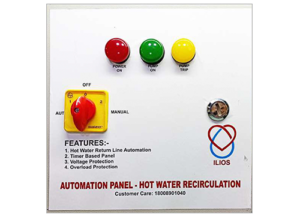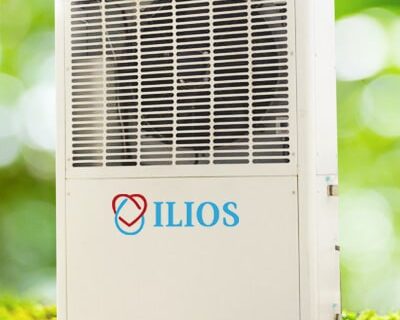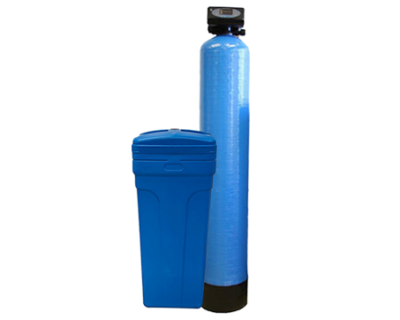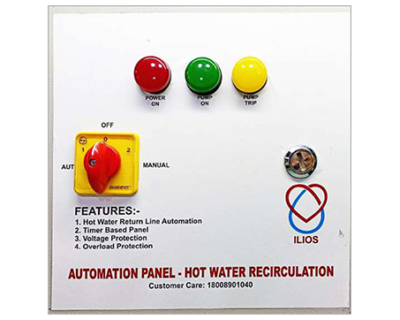Blog
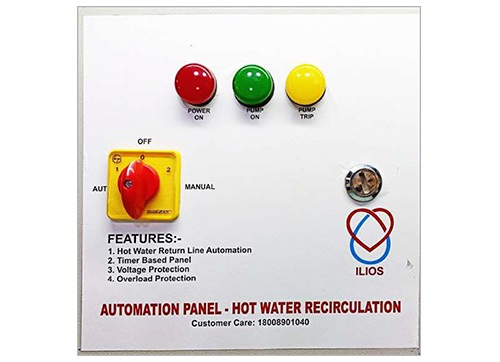
Understanding Control Panels For Pumps: A Simple Guide
Control Panels For Pumps are like the brain of a pump. They help the pump do its job well. But what exactly are they, and how do they work? Let’s find out in easy words.
What are Pump Control Panels?
Pump control panels are like control centers for pumps. They have switches, buttons, and screens that help control how pumps work. They also have sensors that keep an eye on things like pressure and temperature.
How Do Control Panels For Pumps Work?
Here’s a simple way to understand how control panels for pumps work:
Listening to Sensors: Imagine sensors as the pump’s ears and eyes. They tell the control panel what’s happening, like how fast the water is flowing or if there’s enough pressure.
Making Decisions: The control panel thinks about what the sensors are saying. It decides what the pump needs to do next. Should it pump faster or slower? The control panel makes the call.
Giving Orders: Once the control panel decides, it tells the pump what to do. It sends signals to the pump, telling it to speed up, slow down, or stop altogether.
Watching Over: The control panel doesn’t stop there. It keeps an eye on the pump to make sure everything’s going smoothly. If something’s not right, it figures out what to do to fix it.
Parts of Pump Control Panels
Let’s break down what’s inside a pump control panel:
Switches and Buttons: These are like the control panel’s hands. They let people tell the control panel what to do, like starting or stopping the pump.
Screens: Think of screens as the control panel’s eyes. They show important information, like how fast the pump is working or if there’s a problem.
Sensors: Sensors are like the pump’s ears and eyes. They tell the control panel what’s happening inside the pump, like if it’s getting too hot or if there’s not enough water.
Thinking Parts: Inside the control panel, there are things like computers that do the thinking. They take in information from the sensors and decide what the pump needs to do.
Signal Senders: Once the control panel knows what to do, it sends signals to the pump. These signals tell the pump how fast to go or if it needs to stop.
Safety Stuff: Control panels also have safety features. These make sure nothing bad happens, like if there’s too much pressure or if something’s broken.
Different Types of Pump Control Panels
There are a few kinds of pump control panels. Each does things a bit differently:
Basic Panels: These panels do simple things, like turning the pump on and off. They’re good for small pumps that don’t need a lot of control.
Fancy Panels with Speed Controls: Some panels can change how fast the pump goes. This helps save energy and makes sure the pump isn’t working too hard.
Smart Panels: Smart panels are like super-smart control panels. They can do lots of things, like talk to other machines and even fix some problems on their own.
Remote Panels: These panels can be controlled from far away. That means people can keep an eye on the pump even if they’re not right there.
Why Pump Control Panels Matter
Pump control panels are important for a few reasons:
Keeping Things Working: They make sure pumps keep doing their job without any problems.
Saving Energy: Some control panels help save energy by making pumps work just as hard as they need to.
Staying Safe: Control panels have safety features to make sure nobody gets hurt and nothing gets broken.
Fixing Problems: If something goes wrong, control panels can figure out what’s happening and try to fix it.
In Conclusion
Control panels for pumps may seem complicated, but they’re like helpful friends for pumps. They listen, think, and tell pumps what to do to keep everything running smoothly. Whether it’s a simple panel or a super-smart one, they all help pumps do their job well.

